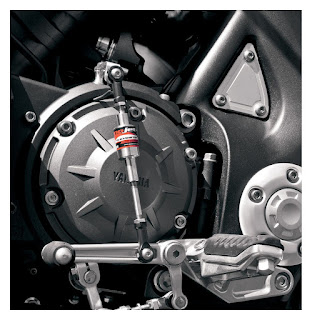Quick Shifter
While shifting up the gear, we normally must roll off of the throttle and pull in the clutch in order to engage the next higher gear. The average motorcyclist focusing on perfect upshifts will usually complete the task in around 600 milliseconds. That’s 600 milliseconds to pull in the clutch, briefly roll off the throttle, move the gear shift lever, blip the throttle, and re-engage the clutch. Even skilled riders performing clutchless upshifts only drop that number to 300 milliseconds, and that still requires deft hands and impeccable throttle timing. For normal use it is not that bad. But in drag racing and track racing, split seconds count. Rolling off the throttle, even slightly, slows your times and can be the difference between winning and losing.
Quick Shifter allows full throttle, clutch less shifting. This is done by momentarily cutting the fuel and or ignition, which unloads the transmission. During this time, the rider can shift up to the next gear without rolling off the throttle or using the clutch. There are a few variations to how each specific quickshifter will work but in very simple terms, when you lift up the gear lever to go up a gear, the quickshifter will reduce the load on the drive train by either momentarily cutting the ignition, or cutting the fuel in the engine. This is enough to take the load off of the drive train so that the new gear can slip into place without any damage. This allows you to keep the throttle pinned while going up the gears. It’s effectively the same as rolling off the throttle briefly, except it’s quicker and more efficient. It senses when you are changing gear with the use of some sort of sensor, which more often than not sits in line with your shifting rod.


Comments
Post a Comment